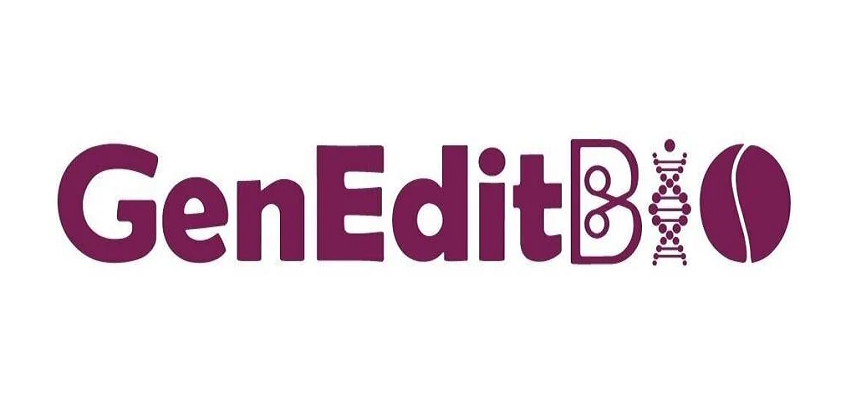Larimar Reports Positive OLE Data, Advances Nomlabofusp for Ataxia
Larimar Therapeutics, Inc., a clinical-stage biotechnology company focused on developing treatments for complex rare diseases, announced positive initial data from the ongoing long-term OLE study evaluating daily subcutaneous injections of 25 mg of nomlabofusp self-administered or administered by a caregiver in participants with Friedreich’s ataxia (FA). The company also provided a nomlabofusp development programme update.
“We are pleased with the advancement of our OLE study that includes 14 patients dosed for up to 260 days. Importantly, 25 mg of nomlabofusp administered daily increased and maintained tissue FXN levels over time, with mean levels increasing from 15% of healthy volunteers at baseline to 30% in buccal cells and from 16% to 72% in skin cells at Day 90,” said Carole Ben-Maimon, MD, president, and chief executive officer of Larimar. “Importantly, we are highly encouraged by the early trends towards improvement observed in clinical outcomes that could support the potential for nomlabofusp administration to result in a clinical benefit across a broad spectrum of patients with FA. To date we have reported data showing increases in FXN in three independent clinical studies, trends towards normalization in gene expression and lipid profiles, and we are now showing early trends in clinical outcomes. Thus, the totality of data continues to support the therapeutic potential of nomlabofusp. We are excited to be increasing the dose to 50 mg nomlabofusp daily for currently enrolled study participants as well as starting newly enrolled participants on 50 mg daily with data for the 50 mg dose expected mid-2025.”
Dr. Ben-Maimon continued, “The long-term safety, PK, and FXN data we are collecting in the OLE will be used to support a potential accelerated approval using FXN as a novel surrogate endpoint. Additionally, we are expanding clinical evaluation into adolescents with our recent initiation of our paediatric PK run-in study and expect initial data with the next update in mid-2025. Our global confirmatory and registrational study remains on track to initiate in mid-2025. Our interactions with the FDA continue to be productive and we are focused on our goal of submitting a BLA in the second half of 2025.”
Dr. Rusty Clayton, chief medical officer of Larimar added, “In the OLE study, long-term dosing of nomlabofusp was generally well tolerated. While serious adverse events occurred in two study participants during the OLE study, these events resolved and both participants returned to their usual state of health within 24 hours. The information regarding these events was reviewed by our Data Monitoring Committee and submitted to FDA and the study is continuing as planned. We have initiated dosing with the 50 mg dose in six study participants and will be increasing the dose to 50 mg in all current OLE study participants and will initiate all newly enrolling participants at the 50 mg dose. We expect long-term 50 mg data, as well as initial data from adolescents completing our recently initiated paediatric PK run-in study in mid- 2025.”
“Friedreich’s ataxia is caused by frataxin deficiency, and disease progression is more rapid in patients with lower frataxin levels,” said Dr. Susan Perlman, Professor of Neurology and Director of the Ataxia Center, David Geffen School of Medicine at UCLA, who is one of the principal investigators in the OLE study. “Increases in frataxin levels in patients with FA may lead to the slowing of progression.”
The OLE study is evaluating the safety and tolerability, PK, and FXN levels in buccal and skin cells, along with exploratory pharmacodynamic (PD) markers (lipid profiles and gene expression data) and clinical outcomes following long-term subcutaneous administration of nomlabofusp. The participants who completed treatment in phase 1 studies and the phase 2 dose exploration study evaluating nomlabofusp are potentially eligible to screen for the OLE study.
At the time of data cut off for the OLE study, 14 adults with FA were included with up to 260 days (mean 99 days) of long-term daily treatment of 25 mg of nomlabofusp. Among these patients, more than 50% were non-ambulatory.
Key safety findings for long-term 25 mg daily nomlabofusp: Generally well tolerated with two participants that had serious adverse events that resolved within 24 hours and withdrew from the study; Most common adverse events were injection site reactions, with most being mild, brief in duration, and self-limited.
Key FXN data for long-term 25 mg daily nomlabofusp: Tissue FXN levels showed mean change from baseline of 1.32 pg/µg in buccal cells and 9.28 pg/µg in skin cells at Day 90; 25 mg of nomlabofusp increased and maintained tissue FXN levels over time, increasing from a mean level of 15% of HV at baseline to 30% in buccal cells and from 16% to 72% in skin cells at Day 90; Tissue FXN levels appear to reach steady-state levels by Day 30 in buccal cells.
Early trends towards improvement observed across a number of clinical outcomes for long-term 25 mg daily nomlabofusp: Decreased values indicating early trends towards improvement were observed in modified Friedreich Ataxia Rating Scale (mFARS), FARS-Activities of Daily Living (ADL), Modified Fatigue Impact Scale, and 9 Hole Peg Test at Day 90 relative to baseline; Supports potential that nomlabofusp administration may result in a clinical benefit across a broad spectrum of patients with FA.
Key pharmacokinetic data for long-term 25 mg daily nomlabofusp: Rapid absorption after subcutaneous administration; Exposure appeared to reach steady state in plasma by Day 30 with no further accumulation; Pharmacokinetic profile consistent with phase 1 and phase 2 studies.
Additional updates on nomlabofusp development programme: Dose increased to 50 mg in OLE study in 6 study participants with plan to increase dose in all other study participants; Screening adolescents for paediatric PK run-in study with dosing to initiate early next year at weight-based dose equivalent of 50 mg adult dose; plan to transition adolescents who complete study participation into OLE after analysis of PK and safety data; Evaluating global clinical sites for planned registration/confirmatory study; Advancing discussions with FDA on data package required to support accelerated approval, including supplementary nonclinical pharmacology investigations, and FXN, supportive PD, and safety and clinical outcomes data from the OLE study.
Larimar Therapeutics, Inc., is a clinical-stage biotechnology company focused on developing treatments for complex rare diseases. Larimar’s lead compound, nomlabofusp, is being developed as a potential treatment for Friedreich's ataxia.

Optimize Your trial insights with Clival Database.
Are you exhausted from the uncertainty of trial insights pricing? Clival Database ensures the clarity in the midst of the global scenario for clinical trials to you.Clival Database is one of the best databases that offers an outstanding number of clinical trial data in terms of 50,000+ molecules and from primary regulatory markets as well as new entrants like Indian and Chinese markets.
With Clival, you get accurate positioning of historical sales data, patent database, company profiling, safety & efficacy, and prediction of launch of new innovative molecules helping you to align your research and driving down the cost.
To add value, we further break down our analytics for you so that improving your operational effectiveness; optimizing your clinical trials; and offering you accurate and high-quality data at lowest possible prices becomes possible.
Elevate your trial success rate with the cutting-edge insights from Clival database.
Check it out today and make more informed sourcing decisions! Learn More!







